FOUNDATIONS REVEALED COMPETITION ENTRY

The Lady in Blue
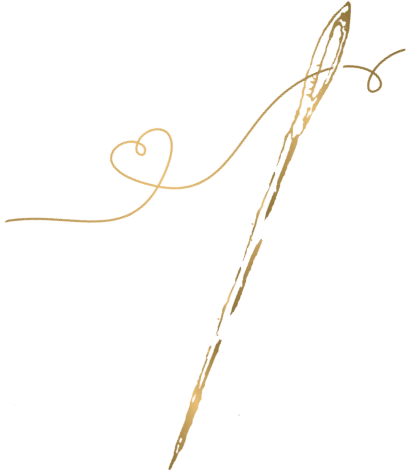
Outline the story …
The Black Rose by Thomas B Costain is a historical fiction novel set in the late 1200's. The main character- Walter of Gurnsie (Walt) is the illegitimate son of a nearby Earl. While attending Oxford he becomes involved in a riot. The fight and a desire to better his station in life lead him to make his way to Cathay (China) to seek fortune and fame with his friend Tristam (Tris). When they reach Antioch they join a caravan headed to Cathay lead by Bayan of the 100 eyes, who is escorting a "gift" of 81 women for Kublai Khan. One of those women is the fair Maryam, herself the illegitimate child of a crusader and a local woman. She escapes the women's area and is hidden by Walt and Tris in the camp. The deception is ultimately found out, Tris and Maryam flee while Walt distracts Bayan's men. Walt is tortured for the deception, survives, and regains Bayan's respect. Walt is sent to Kensai as an emissary for the Kahn. There he reunites with Tristam and Maryam. Walt ends up marrying her to save her. Soon they are forced to flee the invasion of the Mongol horde, but Maryam becomes separated from the men. Walt and Tris reluctantly begin the journey back to England. Much has changed in the years that they had been gone. Walt waits for Maryam to find her way to England the wait turns to years and when they are finally reunited, she has a surprise.
Outline the construction…
The tunic is constructed in a striped cotton sateen with hand embroidery done in cotton floss. It was sewn on a machine, but the seams are hand felled. The stitch on the outside edge of the collar and cuffs is the basic stitch used in Armenian needle lace. The tunic pattern is based on a few found on pinterest. The outer tunic is made of shantung silk, which I dyed a darker blue. The silk was flat lined with cotton to provide a bit more weight, and then lined with a patterned cotton inside, and a cream crepe back satin at the cuffs. It was mainly sewn on a machine, but the facings and edges are hand finished. I recreated the pattern using the tunic I made and a photo from Armenian Taraz by Nazik Avagyan. This presented a challenge because while I could see the shape of the pieces needed, I had no measurements for the back pieces, nor instructions on how it was constructed. This issue was ultimately solved by using the center line of the back to get an appropriate angle to attach the back panels, and making a mockup. I also ran into the problem that I underestimated the yardage needed for the silk, luckily I found a similar fabric, to use but needed to be dyed as well. Thankfully, I had not thrown out the dye I originally used.

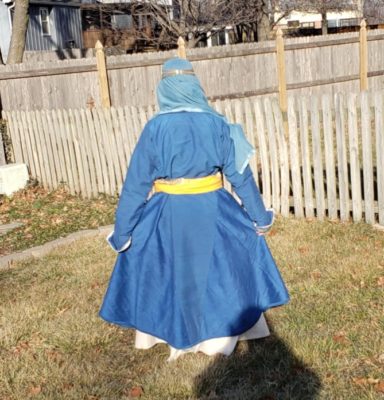
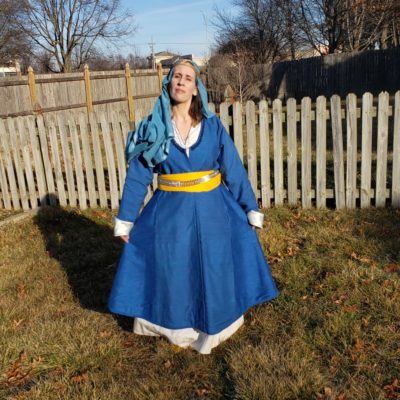
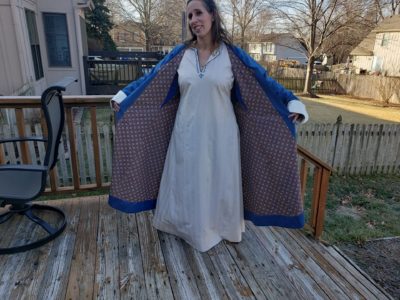
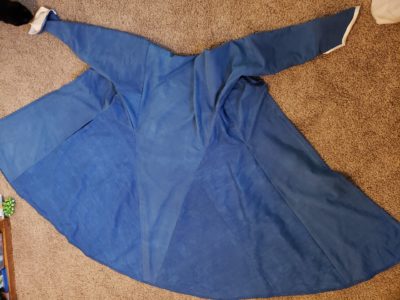
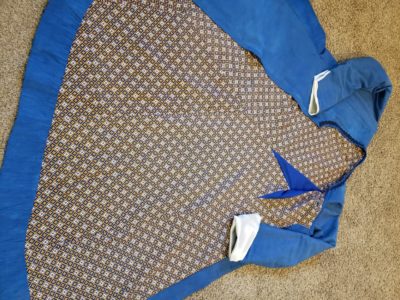
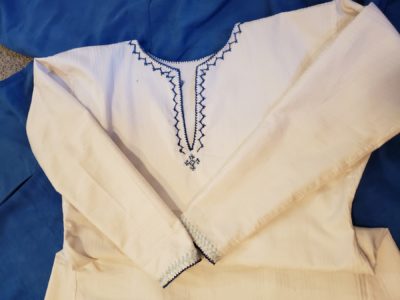
Beautiful combination of fabrics. I love the embroidery.
I love the contrast of the yellow belt on the blue tunic and the embroidery on the neck line.
Love the details on the collar and cuffs! Looks very neat and delicate, great job♡
I like that inner tunic. Beautiful needlework! The outer tunic is nicely lined!